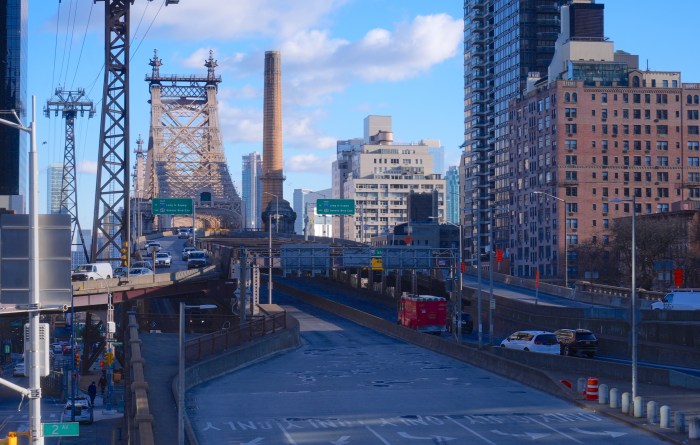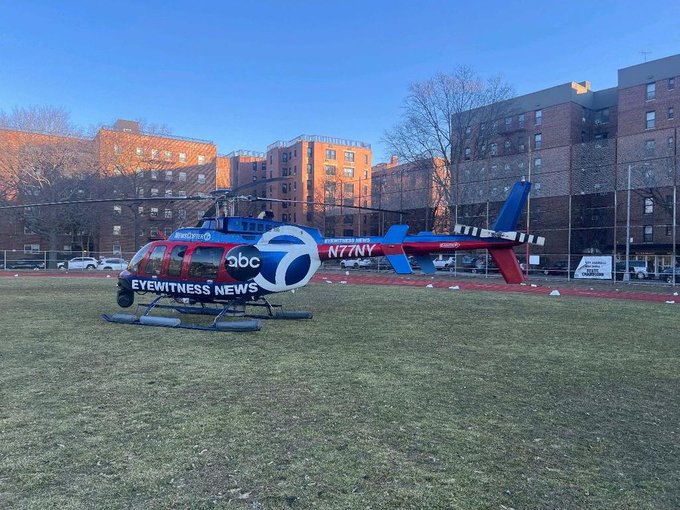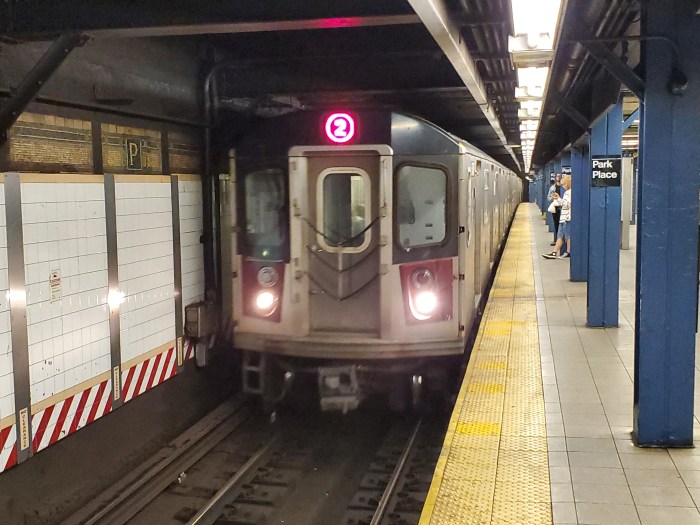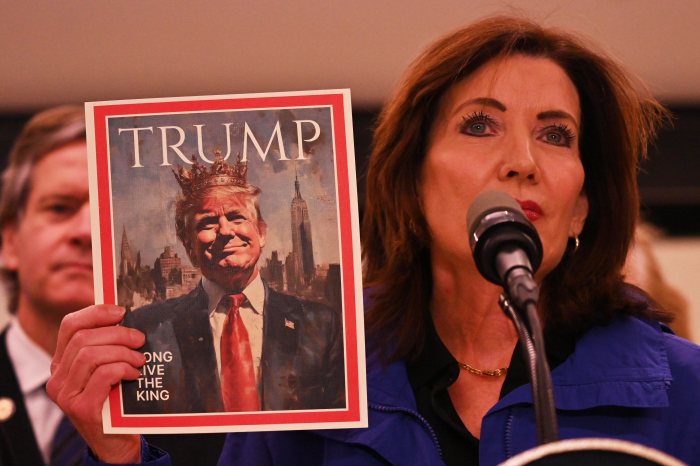
A cardboard bus shelter toured the city Thursday as an apparent testament to Mayor Bill de Blasio’s failure to aggressively improve city bus service.
Though the MTA is a state-controlled authority, the mayor, as overseer of the city’s streets, plays a vital role in ensuring the bus system moves riders efficiently. After years of declining ridership, reliability and speeds, advocates from the Bus Turnaround Coalition launched their cardboard tour along with hashtags like #debusio and #BilldeBusIsSlow in a push for improvements.
“There’s no leadership coming from the mayor’s office,” said Stephanie Burgos-Veras of the Riders Alliance, a member of the coalition. “If Mayor Bill de Blasio wants to make New York City the fairest big city, he’s completely ignoring a huge group of people and keeping them out of opportunities and upward mobility.”
Burgos-Veras cited figures from a city comptroller report last year that noted 75 percent of New York’s bus riders are people of color; 12 percent are over 60 years old; and the average income is $28,455.
“This is a group of people that can’t depend on taking cabs,” she said.
The city’s buses are the slowest in the nation, according to the coalition. Average local bus speeds dropped from 7 mph to 6.7 mph between 2015 to 2017, and a greater percentage of those buses arrived at stops “bunched” — that is, one after the other — creating unreliable gaps in service, the coalition found.
Meanwhile, riders began fleeing bus service in 2014, the year de Blasio took office, with annual ridership dropping by 29 million — from 667 million trips in 2014 to 638 million trips in 2017, according to the city’s most recent mobility report.
The Turnaround Coalition in July outlined four goals that it believes will get bus service moving again: stripe 100 new bus-lane miles in five years; implement traffic signal priority for buses on all possible routes; automate bus lane enforcement; and install bus shelters at every bus stop citywide. There are currently about 3,500 bus shelters for the city’s approximately 15,000 bus stops.
All but the automated enforcement piece could be achieved locally, through the de Blasio administration. And although the goals hinge on the MTA’s current plans to redesign each borough’s bus networks over the next five years, advocates say they want a commitment from the mayor to reach them.
Seth Stein, a mayoral spokesman, said de Blasio was working to improve bus service as outlined in the city’s “Bus Forward” plan — developing 20 new Select Bus Service routes over ten years, and bringing SBS-style improvements to other routes.
"The mayor agrees that bus service must get better — a goal we are pursuing every day,” Stein said in a statement. “We are aggressively enforcing bus lane violations, while also improving our city’s bus system by expanding Select Bus Service, which is now up to 16 routes and serves 300,000 riders a day, and rolling out more dedicated bus lanes and other features to make bus trips more reliable and faster.”
After the cardboard bus shelter made a stop outside City Hall on Thursday, advocates planned to proceed to the M100 bus stop at West 125th Street and Amsterdam Avenue in Harlem.



































